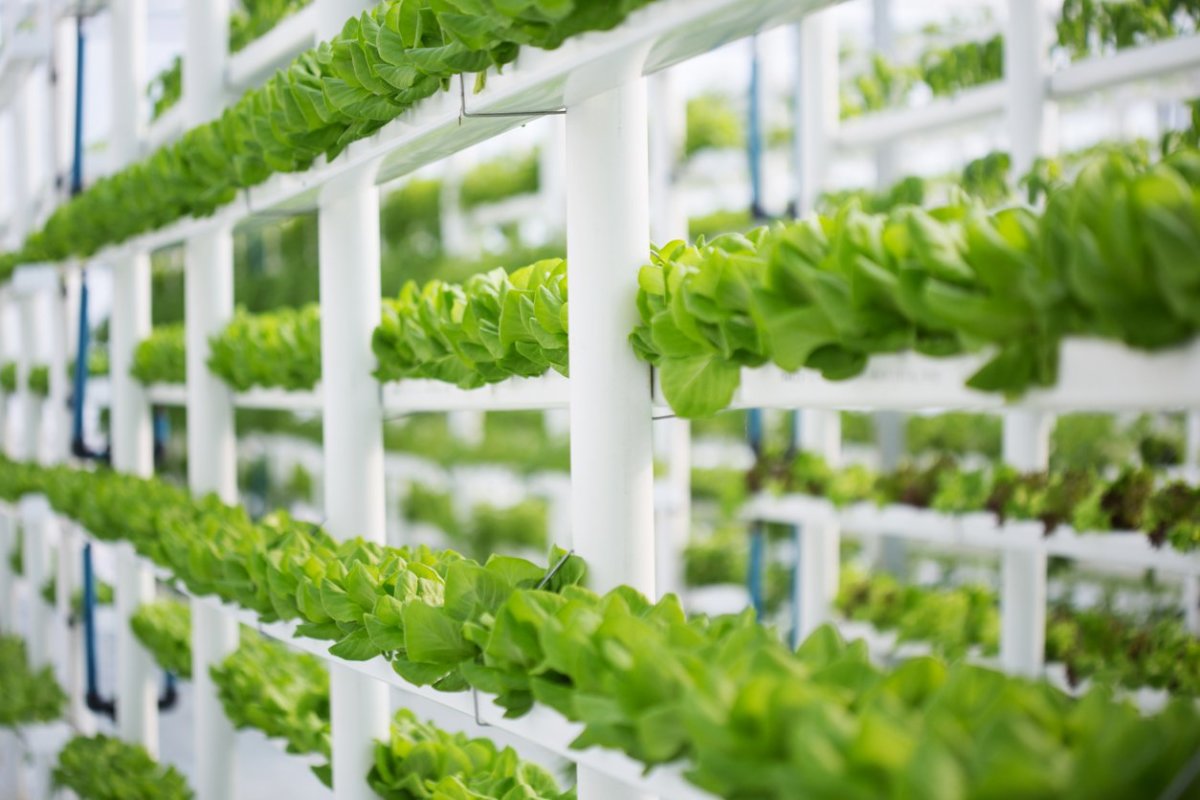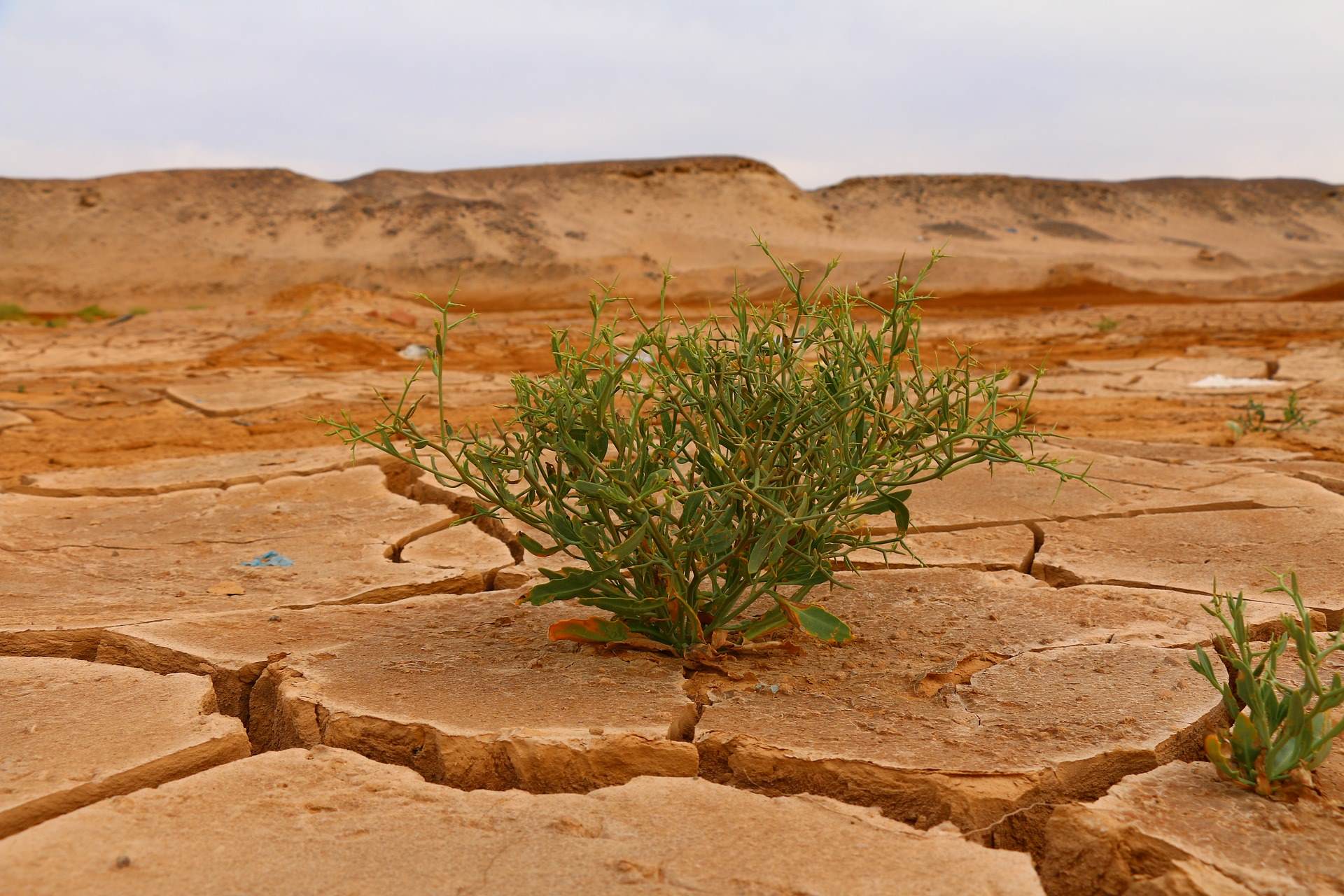Home>Gardening Basics>Understanding Soil>How To Change PH In Soil


Understanding Soil
How To Change PH In Soil
Published: February 4, 2024
Learn how to change pH in soil and improve plant growth with our comprehensive guide. Understanding soil pH is crucial for successful gardening and farming.
(Many of the links in this article redirect to a specific reviewed product. Your purchase of these products through affiliate links helps to generate commission for Chicagolandgardening.com, at no extra cost. Learn more)
Table of Contents
Introduction
Understanding the pH levels of soil is crucial for successful gardening and farming. The term "pH" refers to the measurement of the soil's acidity or alkalinity. It is a scale ranging from 0 to 14, with 7 being neutral, values below 7 indicating acidity, and those above 7 representing alkalinity. The pH level of soil directly influences the availability of essential nutrients to plants, as well as the activity of microorganisms within the soil. Thus, maintaining the proper pH balance is vital for fostering healthy plant growth and maximizing crop yields.
In this comprehensive guide, we will delve into the intricacies of soil pH, exploring the methods for testing and adjusting pH levels to create an optimal environment for plant growth. Whether you are a seasoned gardener, a novice horticulturist, or a farmer seeking to optimize your agricultural practices, this article will equip you with the knowledge and techniques needed to effectively manage soil pH. Let's embark on this enlightening journey to uncover the secrets of soil pH and discover the art of cultivating thriving, nutrient-rich soil for your plants.
Understanding pH in Soil
pH is a measure of the soil’s acidity or alkalinity, and it significantly impacts plant health. Soil with a pH below 7 is acidic, while soil with a pH above 7 is alkaline. The ideal pH for most plants falls within a slightly acidic to neutral range, typically between 6.0 and 7.0. At this pH level, essential nutrients such as nitrogen, phosphorus, and potassium are readily available to plants. When the soil strays from this optimal range, nutrient availability diminishes, leading to stunted growth and decreased vitality in plants.
Acidic soil (pH below 6.0) limits the availability of crucial nutrients, such as calcium, magnesium, and phosphorus, hindering plant growth. On the other hand, alkaline soil (pH above 7.5) can lead to nutrient deficiencies, particularly in iron, manganese, and zinc, impeding the plant’s ability to thrive. Additionally, soil pH influences the activity of soil microorganisms, which play a vital role in decomposing organic matter and cycling nutrients. Therefore, understanding and managing soil pH is essential for creating an environment conducive to robust plant growth and overall soil health.
Factors such as climate, parent material, and the types of plants previously grown in the soil can all contribute to the natural pH of the soil. It’s important to note that different plants have varying pH preferences, so understanding the specific needs of the plants you are cultivating is crucial for successful soil management. With a solid grasp of the significance of soil pH, we can now explore the methods for testing and adjusting pH levels to promote optimal plant growth.
Testing Soil pH
Before making any adjustments to soil pH, it is essential to accurately determine the current pH level. Several methods are available for testing soil pH, each offering varying degrees of precision and convenience.
One popular method for testing soil pH is by using a pH testing kit, which typically includes a probe or test strips. These kits are readily available at gardening centers and provide a quick and easy way to assess soil pH. Another option is to send soil samples to a professional laboratory for comprehensive testing. While this method offers precise results, it may involve a longer waiting period and incur additional costs.
For those seeking a DIY approach, electronic pH meters are valuable tools for measuring soil pH with high accuracy. These devices eliminate the guesswork associated with color-based test kits and provide digital readouts of the soil’s pH level. Additionally, soil pH test probes can be inserted directly into the soil to obtain instantaneous readings, making them a convenient choice for frequent testing.
It is important to test soil pH in multiple areas of the garden or agricultural plot, as pH levels can vary across different sections of the soil. By conducting thorough tests, you can gain a comprehensive understanding of the soil’s pH profile, enabling targeted adjustments to create optimal conditions for specific plants or crops.
Once you have determined the soil’s pH level, you will be equipped with valuable insights to guide the necessary steps for adjusting pH to meet the requirements of the plants you intend to grow. In the following sections, we will explore effective methods for both increasing and decreasing soil pH, empowering you to cultivate thriving, nutrient-rich soil for your plants.
Increasing Soil pH
When soil pH falls below the optimal range for plant growth, it becomes necessary to raise the pH level to create a more alkaline environment. This process, known as liming, involves the application of materials that neutralize acidity and elevate the pH of the soil.
One of the most common liming materials is agricultural lime, which consists of finely ground limestone. When applied to the soil, agricultural lime reacts with acidity, raising the pH and enhancing nutrient availability for plants. It is important to note that the effectiveness of agricultural lime in raising soil pH depends on factors such as particle size and purity. Finely ground lime is more reactive and can produce quicker results than coarser varieties.
Another option for increasing soil pH is the use of dolomitic lime, which not only raises pH but also provides essential magnesium to the soil. This is particularly beneficial in soils that are deficient in magnesium, as it addresses both pH and nutrient deficiencies simultaneously.
Wood ash, derived from burned plant material, can also be utilized to raise soil pH. Wood ash contains potassium and calcium carbonate, which contribute to pH elevation and nutrient enrichment. However, it should be used judiciously, as excessive application can lead to an imbalance of nutrients in the soil.
It is essential to conduct soil tests before applying any liming materials to determine the appropriate quantity needed to achieve the desired pH level. Over-liming can lead to excessively high pH levels, causing nutrient imbalances and negatively impacting plant growth.
By increasing soil pH through the strategic application of liming materials, you can create an optimal growing environment for a wide range of plants, ensuring that they have access to essential nutrients and thrive in a balanced, alkaline soil. With a thorough understanding of the methods for increasing soil pH, you are equipped to take proactive steps in managing soil pH to support healthy plant growth and maximize agricultural productivity.
Decreasing Soil pH
When the soil’s pH rises above the optimal range for specific plants, it becomes necessary to lower the pH level to create a more acidic environment conducive to their growth. This process involves the application of materials that increase soil acidity, effectively lowering the pH to the desired level.
One common method for decreasing soil pH is the application of elemental sulfur. When elemental sulfur is added to the soil, it undergoes a biological oxidation process, facilitated by soil microorganisms, which converts it into sulfuric acid. This acidification process lowers the pH of the soil, making it more suitable for acid-loving plants.
Another approach to lowering soil pH is the use of ammonium-based fertilizers, such as ammonium sulfate or ammonium nitrate. These fertilizers contain ammonium ions, which undergo nitrification in the soil, leading to the release of hydrogen ions and subsequent acidification. While providing essential nutrients, these fertilizers also contribute to lowering the pH of the soil.
Organic materials, such as pine needles and peat moss, can also be incorporated into the soil to decrease pH. These materials contain organic acids that gradually acidify the soil as they decompose, making them effective for long-term pH management in gardens and agricultural plots.
It is crucial to apply these materials judiciously and conduct soil tests to monitor the pH levels, ensuring that the desired acidity is achieved without excessively lowering the pH. Over-acidification can lead to nutrient imbalances and hinder plant growth, emphasizing the importance of careful pH management.
By employing the appropriate materials and methods to decrease soil pH, you can create an optimal environment for acid-loving plants, ensuring that they receive the necessary nutrients and thrive in a balanced, acidic soil. With a comprehensive understanding of the techniques for decreasing soil pH, you are empowered to proactively manage soil acidity, fostering healthy plant growth and cultivating thriving, nutrient-rich soil.
Conclusion
Understanding and managing soil pH is a fundamental aspect of successful gardening and agriculture. The pH level of soil directly influences nutrient availability, microbial activity, and overall plant health. By comprehensively testing and adjusting soil pH, gardeners and farmers can create optimal growing conditions for a wide range of plants, ensuring robust growth and bountiful harvests.
Testing soil pH is the first step in the process, providing valuable insights into the current state of the soil and guiding the necessary adjustments. Whether utilizing pH testing kits, electronic meters, or professional laboratory services, accurate pH measurements lay the groundwork for informed decision-making.
For those seeking to increase soil pH, the strategic application of liming materials such as agricultural lime, dolomitic lime, and wood ash can effectively raise pH levels, enhancing nutrient availability and fostering a balanced, alkaline soil environment. Conversely, decreasing soil pH involves the use of elemental sulfur, ammonium-based fertilizers, and organic materials to create a more acidic, plant-friendly soil composition.
By understanding the unique requirements of different plants and crops, individuals can tailor their soil management practices to create optimal pH conditions, supporting healthy growth and maximizing agricultural productivity. The art of managing soil pH is a dynamic and essential skill, empowering growers to cultivate thriving, nutrient-rich soil that lays the foundation for vibrant, flourishing plant life.
Armed with the knowledge and techniques presented in this guide, gardeners, horticulturists, and farmers are equipped to embark on a journey of soil pH management, fostering healthy plant growth, and reaping the rewards of a thriving, productive harvest.




